He was involved in many of the Major Battles in the Pacific against the Japanese
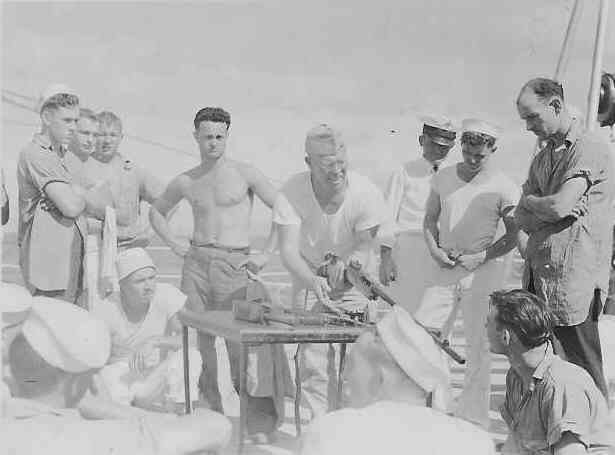
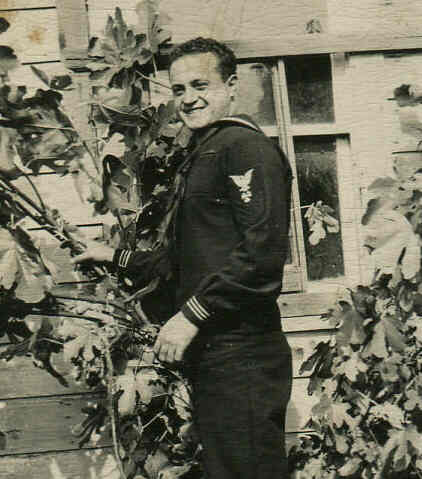 |
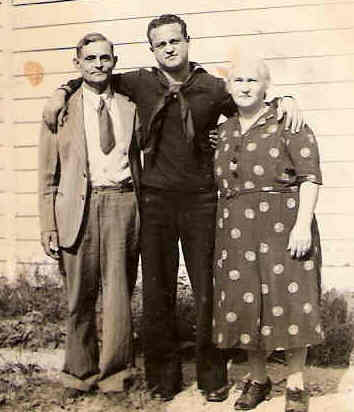 |
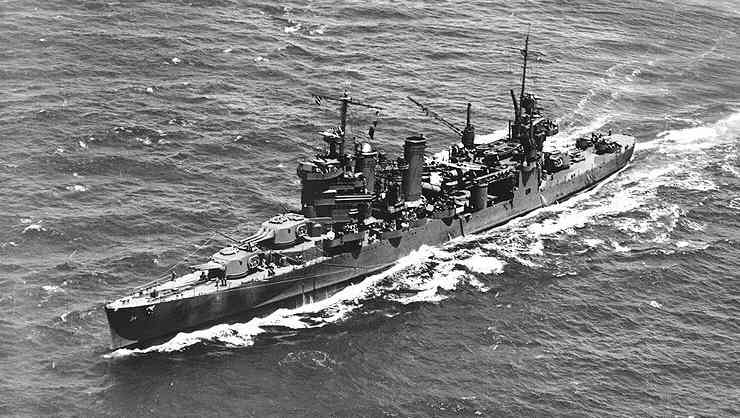
Launched in 1933 The ship was a "heavy cruiser". It was 588 feet in length.
Could sail at 37 MPH. It held a 900 man crew.
It had a variety of guns designed to fire at both enemy ships and aircraft.
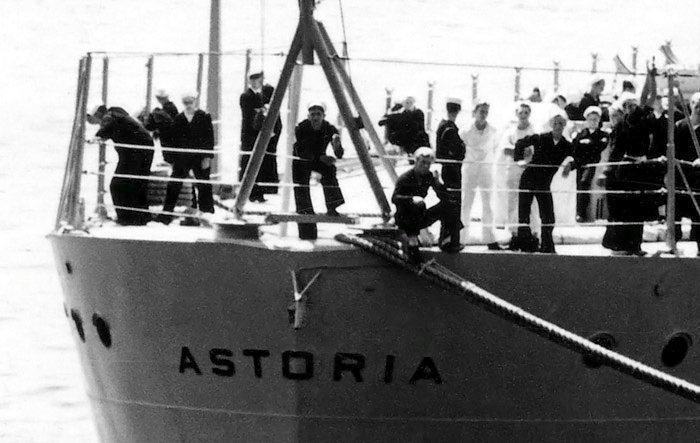
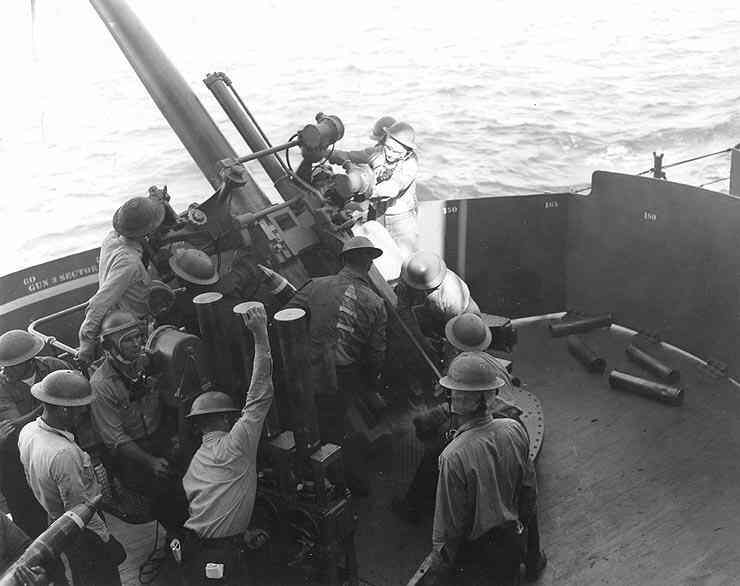
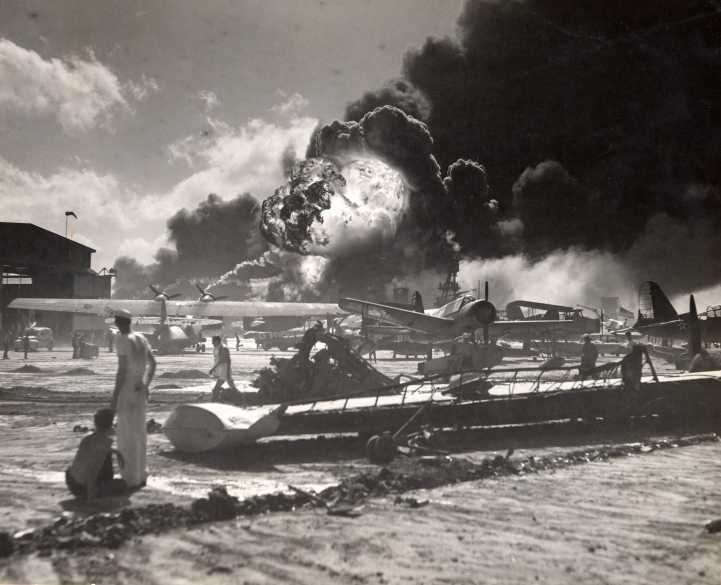
He just missed the attack at Pearl Harbor as the USS Astoria was docked there two days before the attack on December 7th. On December 5th the ship had been sent to re-supply the strategic outpost of Wake Island. Upon hearing of the attack the Astoria was immediately ordered to return to Pearl Harbor to search for the enemy. After several days of patrol where no enemy contact was made, the Astoria returned to Pearl Harbor where the sailors saw the devastation done by the sneak attack that launched America into World War II.
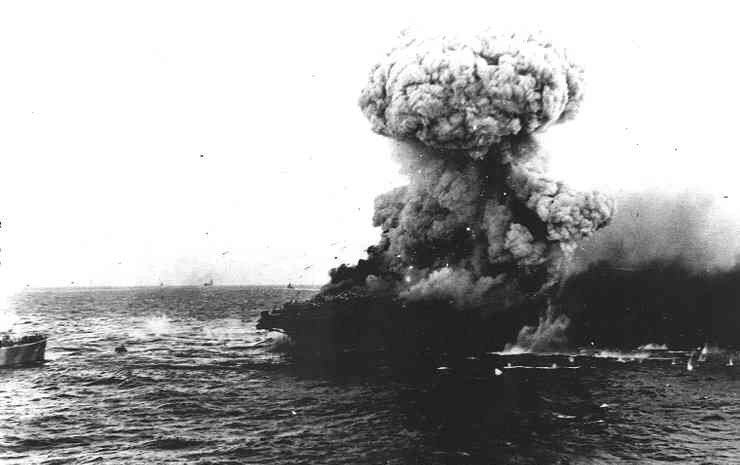
The Japanese were attempting to expand their empire in the South Pacific by invading New Guinea. Through intelligence, the U.S. learned of the Japanese plans. More important, the Japanese did not know that their plans were known by the Americans who were setting a trap for the advancing Japanese fleet. The U.S. Navy formed a task force of ships that had survived the Pearl Harbor attack to block the Japanese advance. Frank’s ship the USS Astoria was one of these ships in the task force.
The Battle of the Coral Sea was the first U.S. battle after Pearl Harbor against the Japanese fleet. In this battle, numerically the Japanese came out on top as the U.S. lost several ships, including the aircraft carrier Lexington. In turn, the Japanese only had a few ships damaged. However strategically, the U.S. could claim a victory as the Japanese withdrew from their attempt to occupy New Guinea. This was the first time in the war that a Japanese invasion force had been turned back. During the battle, the USS Astoria put up intense anti-aircraft fire against the attacking Japanese planes which were aiming at the U.S. aircraft carriers - The Lexington and The Yorktown. The Astoria’s gunners claimed to have shot down at least four enemy planes in the attack.
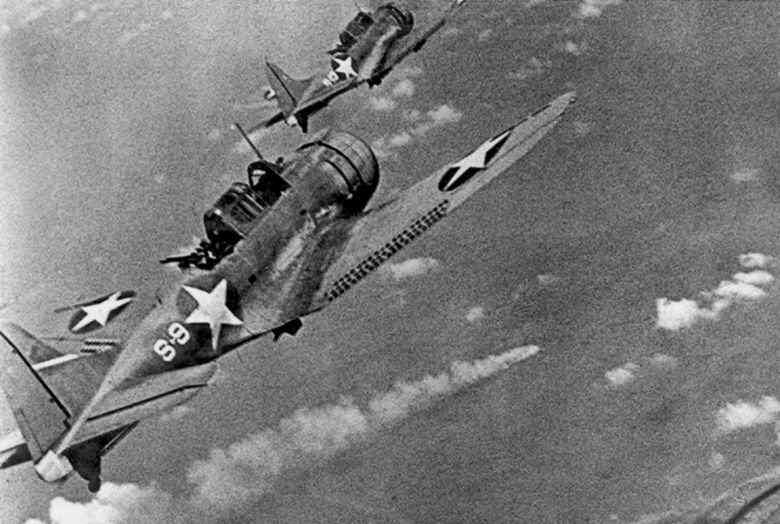
The Navy again formed a task force that included the USS Astoria to rendezvous with the Japanese fleet and defend Midway Island. In the ensuing engagement, the Astoria used their anti-aircraft guns to protect the aircraft carrier Yorktown. The Astoria took damage as the Japanese aircraft bombs found their mark. Frank Del Rocco recalled in a newspaper interview (while home on leave during the war) – that it was a close call for him as he was stationed below in the boiler room when several near misses rocked the ship.
At one point in the battle, several enemy torpedo bombers converged on the damaged Yorktown. In a creative use of defense, the antiaircraft guns on The Astoria and other ships shot their guns into the ocean to throw up curtains of water into the path of the attackers to obstruct their vision and bombing accuracy. Despite their best efforts, the Yorktown suffered more hits and the order came to abandon ship. In response, the Astoria launched several lifeboats to rescued a number of Yorktown survivors.
The Battle of Midway was a decisive U.S. victory as four Japanese aircraft carriers were sunk by airplanes from the U.S. aircraft carriers. As a result of the loss of so many aircraft carriers, the Japanese Navy was never able to attack the advancing U.S. forces again and could only try to defend their pacific outposts from the relentless U.S. onslaught.
Historically, the Battle at Midway was the turning point in the war in the Pacific. It was the Allies’ first major victory against the Japanese.
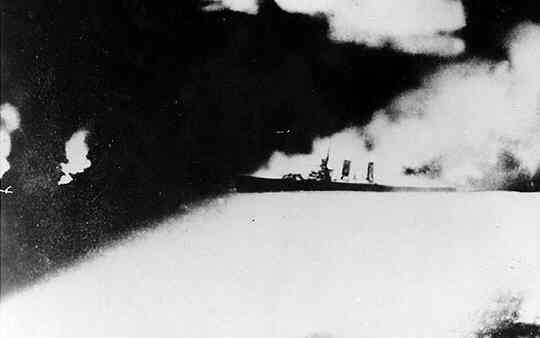
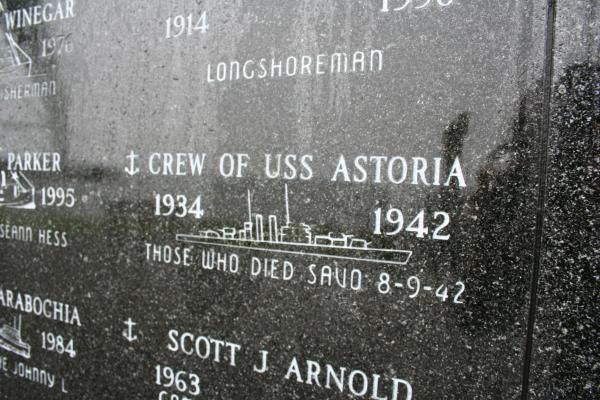
In this battle, 235 of the 900 men on board the USS Astoria were killed. While the U.S. lost a number of ships and sustained many casualties in The Battle at Savo Island, the Navy did achieve their objective which was to provide protection to allow men and supplies to move onto the island and that the transport boats would survive to be used in other battles.

While the above retelling of Frank Del Rocco’s battle experience seems to be complete, it actually it is not. A 1968 article about the 5 Del Rocco brothers states “Three of the vessels upon which Frank served, including the heavy cruiser Astoria and an aircraft carrier, were sunk by the enemy.” Since we know that his last ship the USS Manatee survived the war that leaves two other ships and their sinking unaccounted for. And there is more evidence about another ship sinking as related by Frank’s sister Anna (who is still alive today) who said that it was part of the family lore that Frank did not like General Douglas McArthur. This was because Frank said that his ship was sunk when they needlessly had to wait around for General McArthur. It would be highly unlikely that Frank would be referring to the sinking of the USS Astoria as that ship was in the midst of an intensive battle when sunk.
Some experiences in one’s life become good old stories that are preserved and told over and over, while others are, as the phrase says, “lost to history”. Perhaps the story of Frank’s other ships being sunk may someday come to light. If the information becomes knows, this author will be glad to write about it.
After the war, Frank eventually settled in the U.S. Virgin Islands and became a successful businessman. He had always been a competitor – he was a boxer in his youth and even boxed in the Navy. Frank started the first frozen food business in The Virgin Islands. His nephew recalled on one trip to the islands that everyone on the island knew Frank as he provided much of the meat and fish to the restaurants and hotels on the island. He never married. Frank Del Rocco passed in 1978.